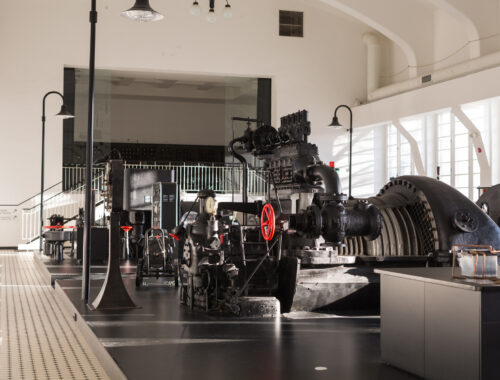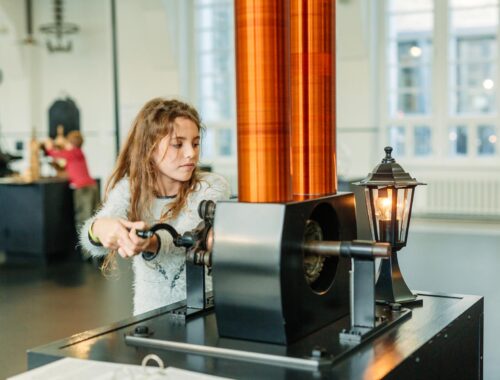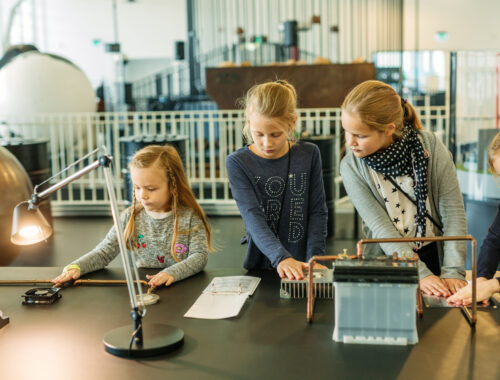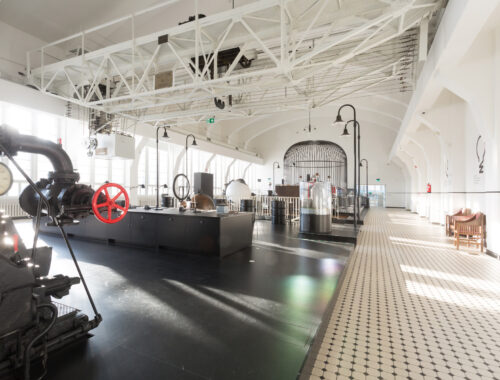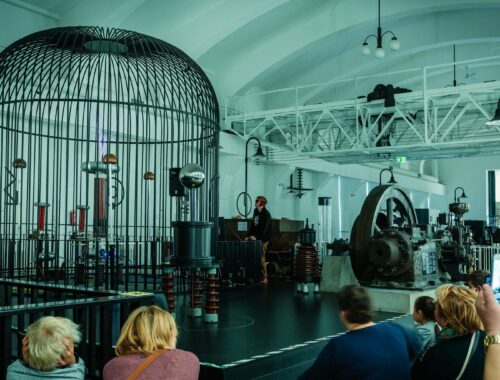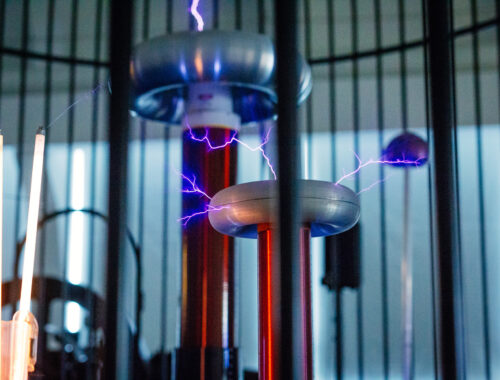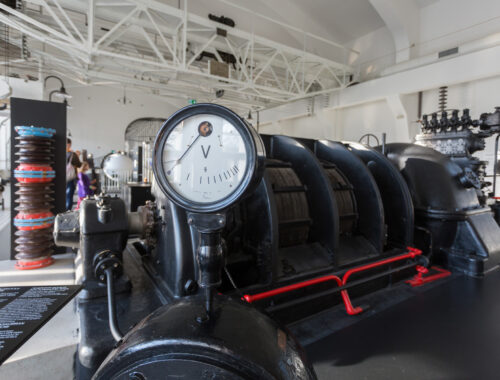The Energy Discovery Centre is located in a remarkable building. It was here, in the old Tallinn Power Plant, where using oil shale to produce energy for the public network first started in the early 20th century. This is why the Discovery Centre is the right place to learn about the story of electricity production.
The Central Power Plant of the City of Tallinn was built in 1912 according to the design of architect Hermann Schmidt. The plant had three buildings: the machine house (now the Energy Discovery Centre), the boiler house (now the Tallinn Creative Hub), and the office building (now houses a hostel).
The power plant started operating on 24 March 1913. At first, the plant was heated with coal, peat and wood; oil shale was introduced in 1924. The capacity of Tallinn Power Plant was 19,200 kW by 1938 – no one could compete with that in Estonia. The plant operated until 1979.
Some interior fittings of the machine house have survived and have been renovated. The former turbines and generators are displayed in the main hall of the Discovery Centre alongside the overhead travelling crane produced by AS Ilmarine in 1929, which could lift as much as 25 tons. The former switch wall has been renovated and some of the original floor from the 1930s has been preserved. The exhibits also include a little wagon, which transported more than 320,000 tons of oil shale in the underground Viru mines over a period of 30 years.
The exhibition also features hands-on examples of electrical devices. The star exhibits of the exhibition are the Tesla coils in the Faraday cage and the Van de Graaff generator, which are used for the daily lightning and static electricity demonstrations.
